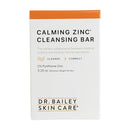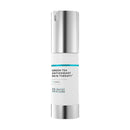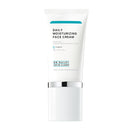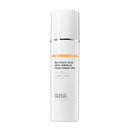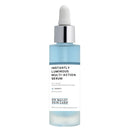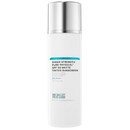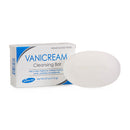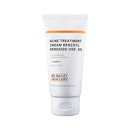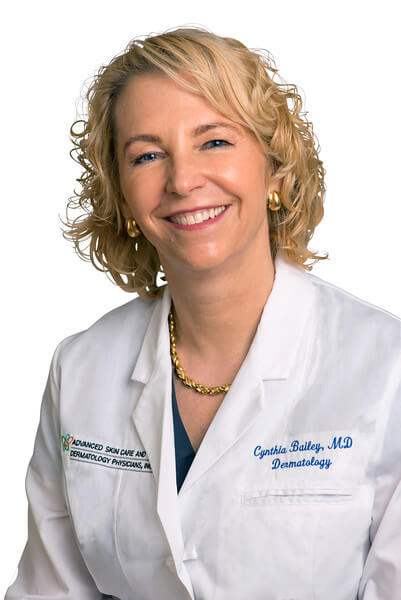How to Tell a Sunspot from Melanoma

A solar lentigo (also known as a sunspot, liver spot or age spot) is seen in almost everyone I see over the age of 60. These spots are caused by sun exposure. This is why they appear in areas that see the sun the most such as the face, shoulders, arms, chest and hands.
How to Tell a Sunspot from Melanoma
People who have used tanning beds may have sun spots anywhere. They are usually small (less than the size of a pencil eraser) but occasionally can be quite large (up to an inch in size). They are flat and brown in color with either smooth or irregular borders. This is important to know because melanoma, a deadly form of skin cancer, often is flat and has irregular borders too.
It’s important with any pigmented spot to review the ABCDE rule for helping identify those skin growths suspicious for melanoma:
- A is for asymmetry: Does one half of your mole look different than the other half?
- B is for border: Do the borders look jagged or blurred?
- C is for color: Is there is more than one color?
- D is for diameter: Is the spot bigger than the size of a pencil eraser?
- E is for evolving: Is the spot is changing in any way?
When you are looking at a flat, brown spot on your skin, the most important thing is to distinguish a solar lentigo (sunspot) from a lentigo maligna melanoma.
There are several types of melanoma, but this one can fool people. Lentigo maligna is an early form of melanoma that occurs in chronically sun-exposed skin. Lentigo maligna often shows these concerning signs:
- Large size: greater than the size of an eraser
- Irregular shape
- 2 or more colors
- Smooth surface
When a concerning spot like this develops a raised spot within it, it’s often a sign that the melanoma has progressed in stage. When we catch a melanoma early, it is often easily treated with simple outpatient surgery. I've specialized in skin cancer detection and treatment for over 35 years and have seen many people with melanoma. Between my examinations and having them check their skin at home, we are usually able to catch any new cancers early using the ABCDE rule and the 'Ugly Duckling Sign'.
Some dermatologist's use a device called a dermatoscope that can help them decide to biopsy brown or black spots. This device magnifies the mole to allow a deeper look at how the pigment of the spot is arranged and provides more information about whether it has concerning features. This tool only aids in the diagnosis of melanoma when the practitioner is well trained to use it.
It is important to sun protect your skin to help lower your risk of getting both melanoma and non-cancerous sun spots.
We know UV rays play an important role in the formation of both sunspots and melanoma skin cancer. Sunscreen is one of the most important parts of protecting your skin from the harmful UVA and UVB rays on a daily basis. This is especially true for the skin that you can't cover with clothing such as your face, ears and neck.Choosing a sunscreen can be a very daunting task since there are so many choices, but don’t just pick one and be done with it. Learn how to pick a really good sunscreen - the health of your skin depends on your sunscreen. - Dermatologist and Skin Wellness Expert Dr. Cynthia Bailey
For more on the sunscreens that I trust click here.
To learn more about all the sun protection methods I teach my dermatology patients click here for my sun protection page.
The bottom line is that whenever you see a spot that has any features in the ABCDE rule, don’t hesitate to reach out to a Board-Certified Dermatologist. One of the most rewarding things about being a dermatologist is being able to catch and treat skin cancer in its earliest stages.


